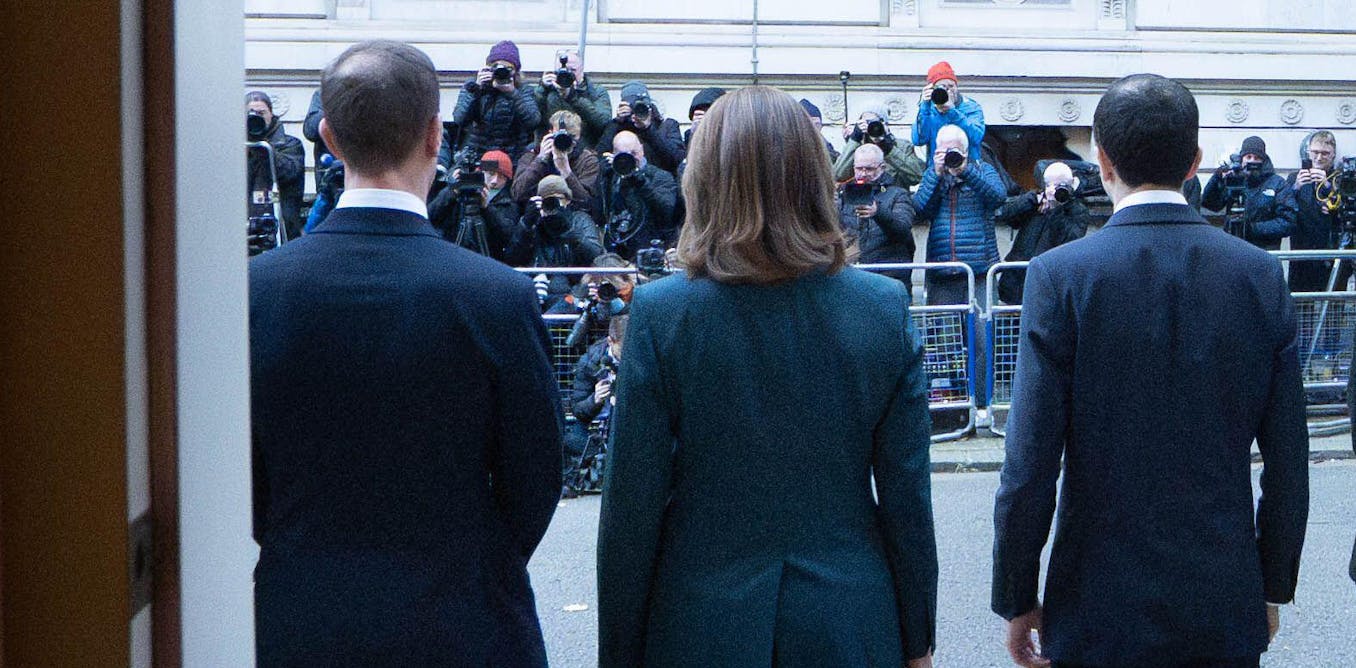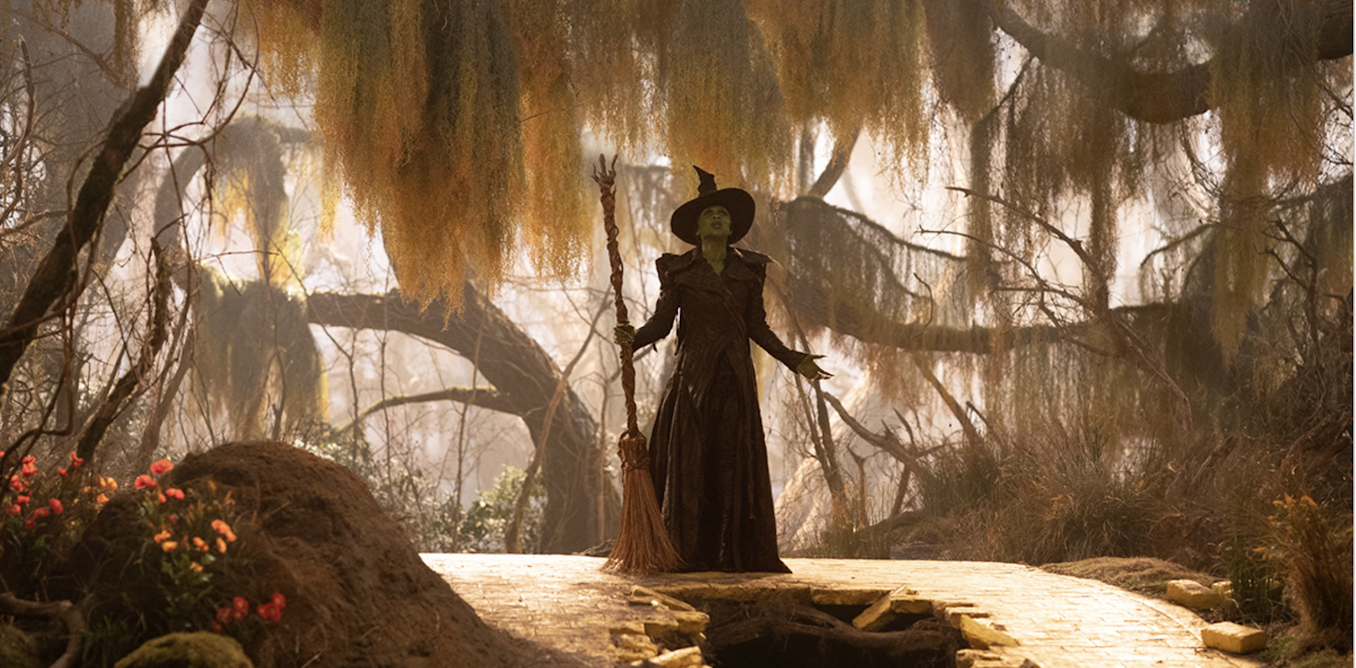Welcome to the vibrant and bustling neighborhoods of New York City’s Little Italy and Chinatown. This 4k walking tour, filmed on Wednesday May 31st, 2023, takes viewers on a journey through the streets of Chinatown, starting from Mott Street and ending at Pier 26. The tour gives viewers a unique opportunity to immerse themselves in the rich cultural history and fascinating landmarks that line the streets of one of New York’s most iconic neighborhoods.
The video is filled with interesting tidbits and historical facts about the neighborhoods, as well as vivid descriptions of the various points of interest encountered on the walk. Through the camera lens, viewers can experience the sights and sounds of these vibrant communities, from the lively markets and colorful shops to the historic monuments and bustling eateries.
Starting off on Chinatown’s Mott Street, viewers are taken on a journey through the heart of the neighborhood, where they can experience its lively energy and rich cultural tapestry. The tour then takes a turn through the historic Five Points, once notorious for its crime and overcrowding, and now a vibrant part of Chinatown. From there, the tour delves into the heart of Little Italy along Mulberry Street, where viewers can catch a glimpse of the neighborhood’s rich Italian heritage and bustling atmosphere.
The video is not just a visual experience. Closed Captions [CC] are available in all languages and include historical facts and descriptions, providing viewers with an immersive and educational tour of these iconic New York City neighborhoods.
For the best viewing experience, be sure to watch on a large smart TV like the Samsung Frame. Viewers are also encouraged to use headphones to fully immerse themselves in the experience, thanks to the amazing Binaural Audio used in the video.
So sit back, relax, and let the sights and sounds of New York City’s Little Italy and Chinatown wash over you in this captivating 4k walking tour. Don’t miss the opportunity to explore these vibrant and historic neighborhoods from the comfort of your own home.
Watch the video by Prowalk Tours
Welcome to Chinatown, a neighborhood in Lower Manhattan, New York City. We begin our walk on Mott Street, Chinatown’s unofficial ‘Main Street’. Mott Street runs from Bleecker Street in the north to Chatham Square in the south. Mott Street existed in its current configuration by the mid-18th century.
During the 19th century, the lower portion of Mott Street south of Canal Street was part of the Five Points, a notorious slum neighborhood in lower Manhattan. Today this stretch of Mott Street is lined with souvenir shops, tea houses and restaurants.
Bayard Street is also full of eateries and takeaway joints including an ice cream shop with an Asian twist. This southern portion of Mulberry Street is lined with Chinese green grocers, butcher stores, and fishmongers. New York’s Chinatown is home to the highest concentration of Chinese people in the Western Hemisphere.
Chinatown has an estimated population of 90,000 to 100,000 people. Manhattan’s Chinatown is also one of the oldest Chinese ethnic enclaves. Historically, Chinatown was primarily populated by Cantonese speakers. However, in the 1980s and 1990s, large numbers of Fuzhounese-speaking immigrants also arrived and formed a sub-neighborhood which has become known as Little Fuzhou.
As Mandarin is now the official language in Mainland China and Taiwan, this has made it more important for Chinatown residents to learn and speak Mandarin. Columbus Park Pavilion was built in 1897. Columbus Park was formerly known as Mulberry Bend Park, Five Points Park.
The pavilion has a spacious upper floor used as an entertainment and recreation space for the community that lived in the area. The park houses a statue of Dr. Sun Yat-sen, who, inspired by the American Revolution, became a pioneer of democratic reform in China.
The park was established to transform a notorious slum area. Mulberry Bend, which we are walking down now, was once the heart of the most dangerous ghetto area of immigrant New York. The bend, an anomaly in Manhattan’s grid system, was necessary to avoid the now-long since paved-over Collect Pond.
Photographer and social activist Jacob A. Riis, “friend of the tenement house children,” campaigned for the creation of Columbus park. During the construction of the park, many of the ‘worst tenements’ in the city were torn down.
Mulberry Bend, where we are walking now, was in the heart of an area known as Five Points. This area was generally defined as being bound by Centre Street to the west, the Bowery to the east, Canal Street to the north, and Park Row to the south.
The Five Points gained international notoriety as a densely populated, disease-ridden, crime-infested slum that existed for over 70 years. The area’s decline began when Collect Pond was filled in in the early 19th century. The landfill was poorly engineered and buried vegetation began to release methane gas.
The ground began to subside and the unpaved streets were often buried in a foot of mud mixed with human and animal excrement, and mosquitoes bred in the stagnant pools created by the poor drainage.
Most middle and upper class inhabitants fled the area, leaving the neighborhood open to poor immigrants who began arriving in the early 1820s. This influx reached a height in the 1840s, with large numbers of Irish Catholics fleeing the Great Famine.
At the height of Five Points’ inhabitation, only parts of London’s East End were equivalent in the western world for population density, child and infant mortality, disease, violent crime, unemployment, prostitution, and other classic problems of the urban destitute. Here you can see the characteristic bend in Mott Street as well.
When Italians first settled in the Five Points in the 1850s, Mulberry Bend became the heart of Little Italy. Five Points is alleged to have had the highest murder rate of any slum at that time in the world.
With its overcrowded housing and unsanitary conditions, Five Points was also ideal for the development and spread of infectious diseases. Narrow Doyers Street is now one of the most popular areas of Chinatown for restaurants, tea parlors and hairdressers.
Nom Wah Tea Parlor, opened in 1920, is the oldest continuously running restaurant in Chinatown. The street is 200-foot-long (61 m) long with a sharp bend in the middle. This is because it follows the route of an old stream. Bowery Street formed the border of the Five Points district.
Kimlau Square was built to Chinese-American soldiers who died during World War II. The monument here and the square are named after Second Lieutenant Benjamin Ralph Kimlau, a Chinese-American bomber pilot who died while attacking the Japanese near New Guinea.
Several epidemics swept the City of New York in the 18th and 19th centuries, some of which originated in Five Points. The street is named for Hendrik Doyers, an 18th-century Dutch immigrant who bought the property facing the Bowery in 1791.
From 1893 to 1911, 5–7 Doyers Street was the site of the first Chinese language theater in New York City. Doyers Street barber shops attract customers, many of whom are Chinese, from as far away as Pennsylvania and Massachusetts.
Various efforts by different charitable organizations and individuals, most of them Christian, attempted to ameliorate the suffering of the poor in Five Points. Bloody Angle refers to the bend in Doyers Street where numerous gang shootings took place.
The first call for clearing the slums of Five Points through wholesale demolition came in 1829 from merchants who maintained businesses in close proximity to the neighborhood. Slum clearance efforts succeeded in razing part of Mulberry Bend off Mulberry Street, one of the worst sections of the Five Points neighborhood.
It was redeveloped as Mulberry Bend Park designed by noted landscape architect Calvert Vaux, later becoming Columbus Park. Manhattan Bridge Arch was completed in 1915. The area formerly occupied by Five Points was gradually redeveloped through the twentieth century.
In the west and south, Five Points is now occupied by major federal, state, and city administration buildings and courthouses known collectively as Civic Center, Manhattan. The northeastern and eastern portion of Five Points is now within the sprawling Chinatown.
Many tenement buildings dating from the late 19th century still line the streets in this area. ‘Nel blu dipinto di blu’ is a line from the famous Italian song Volare. We are now passing into Little Italy along its main street, Mulberry Street.
Originally, Little Italy was more extensive, but now it is centered on this street. Little Italy now covers three blocks on Mulberry Street north of Canal Street. Little Italy originated at Mulberry Bend south of Canal, in what had formerly been the Five Points area but is now the heart of Chinatown.
Mass immigration from Italy during the 1880s led to the large settlement of Italian immigrants in lower Manhattan. “Once, Little Italy was like an insular Neapolitan village re-created on these shores, with its own language, customs, and financial and cultural institutions,” according to New York magazine.
In 1910 Little Italy had almost 10,000 Italians; that was the peak of the community’s Italian population. At the turn of the 20th century, over 90% of the residents of the Fourteenth Ward were of Italian birth or origin.
After World War II, many residents of this area began moving to Brooklyn, Staten Island, eastern Long Island, and New Jersey. Chinese immigrants became an increased presence after the US Immigration Act of 1965 removed immigration restrictions, and Chinatown to Little Italy’s south expanded.
Before 2004, several upscale businesses entered the northern portion of the area between Houston and Kenmare Street. In the early 2000s, real estate prices here began to boom. After the September 11 attacks in 2001, areas below Houston Street were cut off for the rest of the fall of 2001.
This had the unexpected effect of motivating efforts to preserve what was left of the old neighborhood. Today, Little Italy is packed with restaurants and souvenir shops that are popular with tourists. In 2010, Little Italy and Chinatown were listed in a single historic district on the National Register of Historic Places.
Foods and traditions that were invented in Little Italy include sausage and peppers and the rainbow cookie. The Italian-American Christmas Eve tradition of the Feast of the Seven Fishes originated in Little Italy back in the late 1800s. Now we return to Chinatown.
Ah Ken is claimed to have arrived in the area during the 1850s; he is the first Chinese person credited as having permanently immigrated to Chinatown. In the 1850s, the California Gold Rush brought a wave of Chinese immigration to the United States.
In New York, immigrants found work as “cigar men” or carrying billboards. Despite the more recently emerged large Fuzhou population, many of the Chinese businesses in Chinatown are still Cantonese owned. By 2007, luxury condominiums began to spread from SoHo into Chinatown. Previously, Chinatown was noted for its crowded tenements and primarily Chinese residents.
To the north of Canal Street is the area of Manhattan known as SoHo. The name SoHo derives from the phrase South of Houston Street.
Since the 1970s, the neighborhood has been the location of many artists’ lofts and art galleries, and shops ranging from trendy upscale boutiques to national and international chain store outlets. Church Street is named after Trinity Church, a historic Gothic-style parish church on Broadway at Wall Street.
In the 17th and 18th centuries, this area was open marshland. We are now in an area of Lower Manhattan known as Tribeca, originally written as TriBeCa. TriBeCa is a syllabic abbreviation of “Triangle Below Canal Street”.
This Beaux-Arts style firehouse from 1903 was made famous as the HQ of the “Ghostbusters” in the 1984 movie. Tours are available of the station where there is a collection of melted phones and clocks from fires they’ve put out. Ghostbusters logos!
The TriBeCa neighborhood began as farmland, and then was a residential neighborhood in the early 19th century. TriBeCa then became a mercantile area centered on produce, dry goods, and textiles, and then transitioned to artists and then actors, models, entrepreneurs, and other celebrities.
The neighborhood is home to the Tribeca Festival, which was created in response to the September 11 attacks, to reinvigorate the neighborhood and downtown after the attacks. By the early 21st century, Tribeca became one of Manhattan’s most fashionable and desirable neighborhoods, well known for its celebrity residents.
TriBeCa’s streets teem with art galleries, boutique shops, restaurants, and bars. In 2006, Forbes magazine ranked TriBeCa’s 10013 zip code as New York City’s most expensive. From here you can see the One World Trade Center whose construction began in 2006.
The One World Trade Center is the tallest building in the United States and the tallest building in the Western Hemisphere. The building was designed by David Childs of Skidmore, Owings & Merrill. Pier 26 is part of the Hudson River Park.
The 2.5-acre ecologically-themed pier showcases indigenous plants of Manhattan’s ecosystem prior to human development. The pier habitat walk features five native ecological zones: woodland forest, coastal grassland, maritime scrub, rocky tidal zone, and the Hudson River. From the wooden loungers at the end of the pier you can look over to Jersey City…
…the skyscrapers of the World Trade Center complex… …the skyscrapers of TriBeCa… …and all the way down the Hudson River.
Video “New York City's Little Italy & Chinatown Walking Tour – 4K60fps with Captions” was uploaded on 01/20/2024. Watch all the latest Videos by Prowalk Tours on Gretopia




































